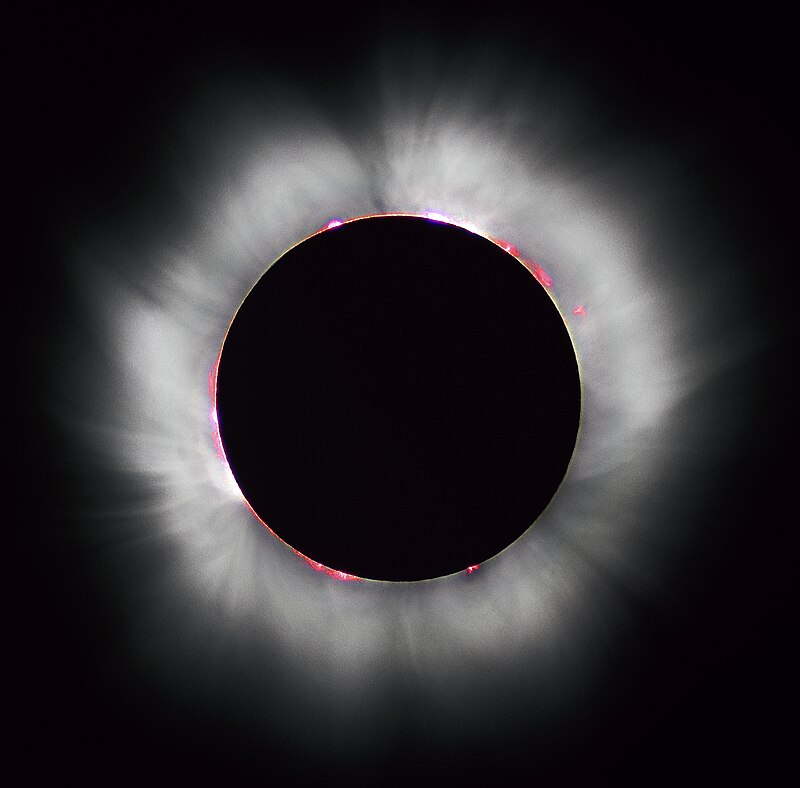NASA’s Parker Solar Probe has emerged as one of the most ambitious and ground-breaking missions to date in the effort to solve the riddles of our Sun and better comprehend the fundamental mechanisms that control our solar system. This ground-breaking spacecraft was launched on August 12, 2018, and it has been on a risky voyage to “touch” the Sun to provide us new insights into the star that determines our existence. It is scheduled to complete its mission in 2025. Let’s examine the mission, its status, and the information it has so far returned as of the present time.
The Mission and Goals:
The Parker Solar Probe, which bears the name of the astronomer Eugene Parker, is on a seven-year journey to approach the Sun more closely than any other spacecraft in recorded history. Its principal objective is to investigate the Sun’s outer corona, which has remained mysterious despite decades of solar research. Three important scientific goals are the focus of the investigation:
- Trace the Solar Wind: The Sun continuously releases a stream of charged particles called the solar wind, which affects the entire solar system. The Parker Solar Probe seeks to analyze the origin and acceleration of the solar wind and its evolution as it flows through interplanetary space.
- Study Solar Flares: Solar flares are powerful eruptions on the Sun’s surface that release vast amounts of energy. These eruptions can influence space weather and impact satellite operations. The spacecraft aims to provide data to understand the processes behind these explosive events.
- Investigate the Solar Corona: The solar corona is the Sun’s outer atmosphere, extending millions of kilometers into space. Its temperature is surprisingly hotter than the Sun’s surface, a phenomenon that puzzles scientists. Parker Solar Probe intends to unravel the mechanisms behind this coronal heating.
The Bold Journey:
The path of the Parker Solar Probe requires traveling through a hazardous environment of stifling heat and radiation. The spacecraft performs a series of near flybys of Venus to shorten its orbital distance from the Sun in order to accomplish its goals. By the end of its journey, the probe should be more than seven times closer to the Sun’s surface than any previous solar mission, at a distance of around 6.2 million kilometers (3.85 million miles).
Current Status:
As of the current date, Parker Solar Probe has successfully completed several close approaches to the Sun, called “perihelia,” and gathered a wealth of scientific data. During its flybys, the spacecraft endures temperatures exceeding 1,370 degrees Celsius (2,500 degrees Fahrenheit), protected by a specially designed heat shield that keeps its instruments at a comfortable temperature.
Track the current status and its future mission here and the timeline of the probe mission here.
Data and Discoveries:
The Parker Solar Probe is a truly groundbreaking mission, and it is providing scientists with a new understanding of our star. The data from the spacecraft is helping us to better understand how the Sun works, and it is also helping us to protect our planet from solar storms.
Here are some of the data that Parker Solar Probe has sent back so far:
The speed of the solar wind: The solar wind is a stream of charged particles that flows out from the Sun. The Parker Solar Probe has measured the speed of the solar wind at up to 430 miles per second (700 kilometers per second). This is much faster than previously thought.

The temperature of the solar atmosphere: The solar atmosphere is the layer of gas that surrounds the Sun. The Parker Solar Probe has measured the temperature of the solar atmosphere at up to 2 million degrees Fahrenheit (1 million degrees Celsius). This is much hotter than previously thought.

The structure of the corona: The corona is the outermost layer of the Sun’s atmosphere. The Parker Solar Probe has imaged the corona in unprecedented detail. The images show that the corona is much more dynamic than previously thought.

The Journey Ahead:
As the Parker Solar Probe continues its audacious mission, scientists eagerly await more data and discoveries. By studying our Sun up close, this groundbreaking spacecraft promises to enhance our understanding of space weather, the solar wind’s effects on our planet, and the fundamental processes that drive the Sun’s behavior.
In conclusion, the Parker Solar Probe is an emblem of human ingenuity and the insatiable thirst for knowledge. This extraordinary mission holds the potential to revolutionize our comprehension of the Sun, its influence on Earth, and the broader cosmos. As the probe continues its historic odyssey, it will undoubtedly leave an indelible mark on our understanding of the star that sustains life on our precious blue planet.






